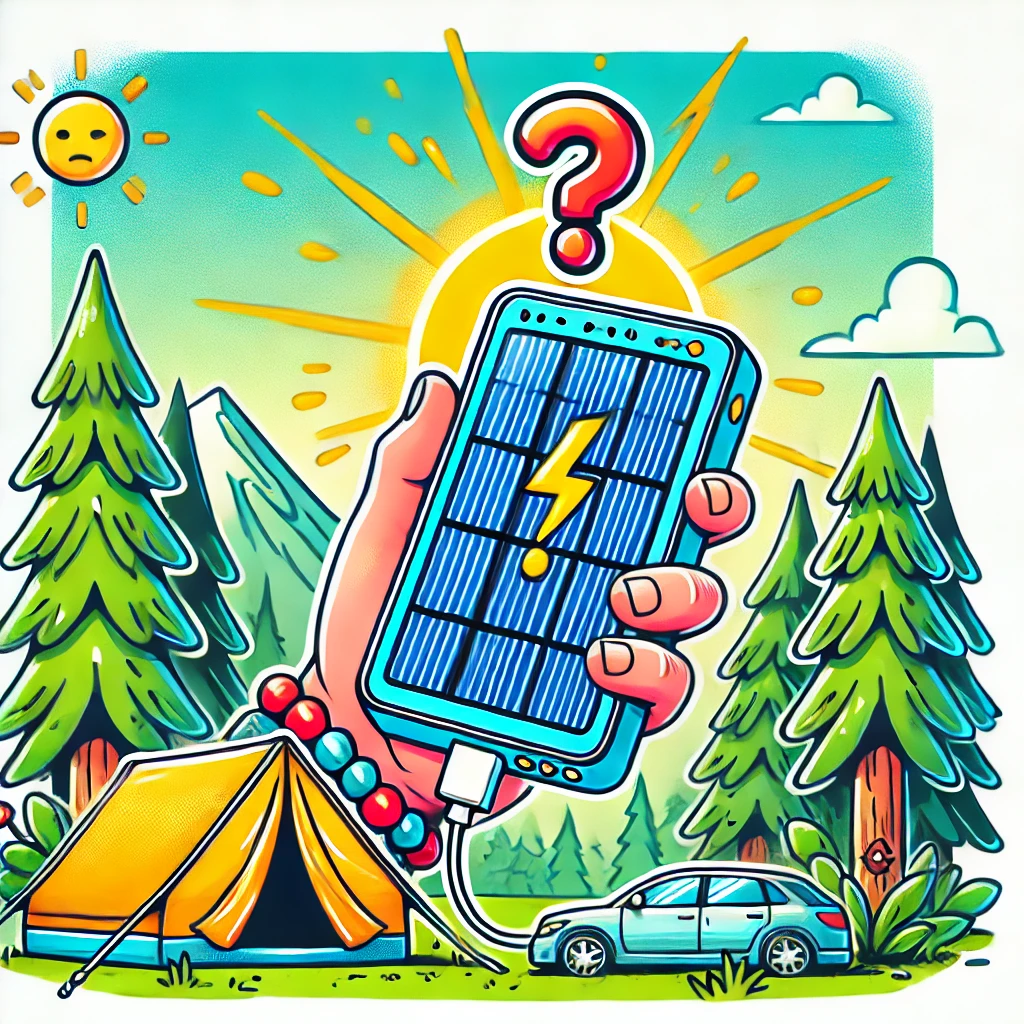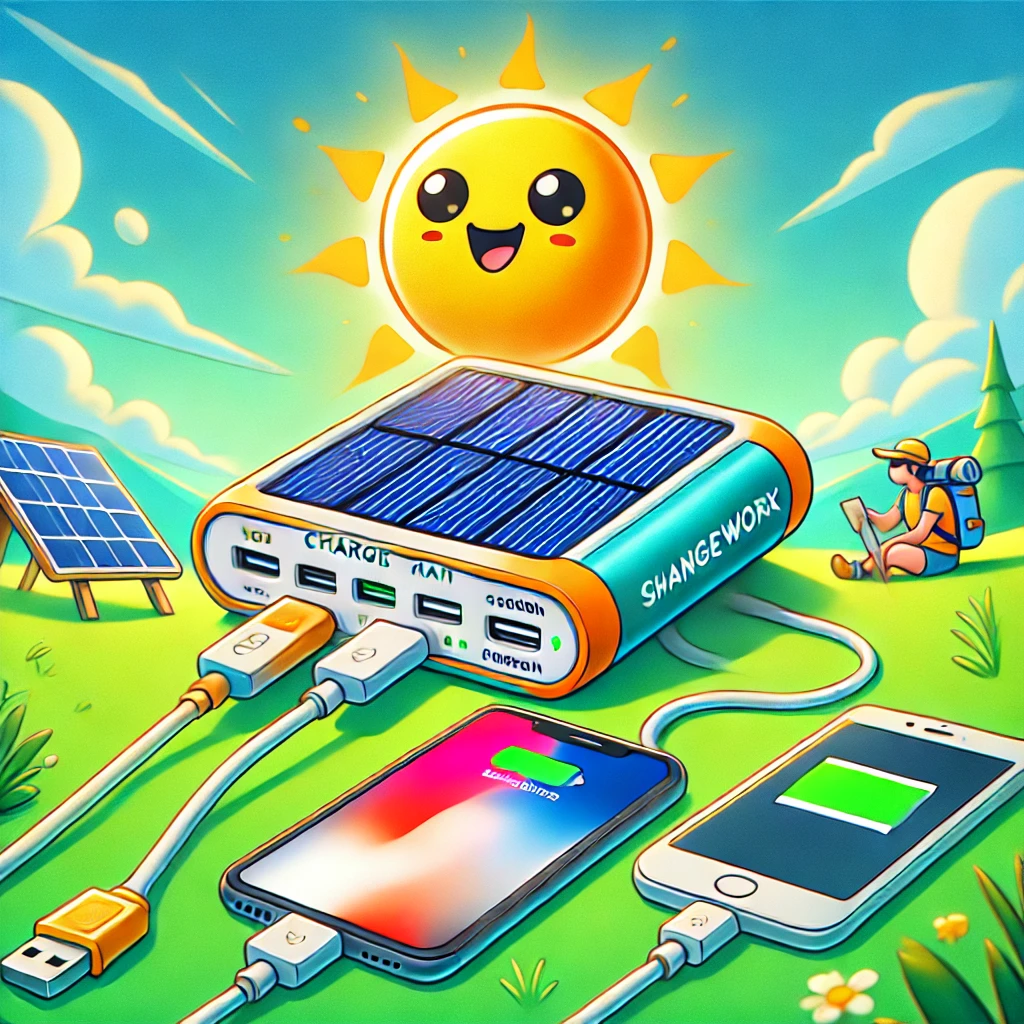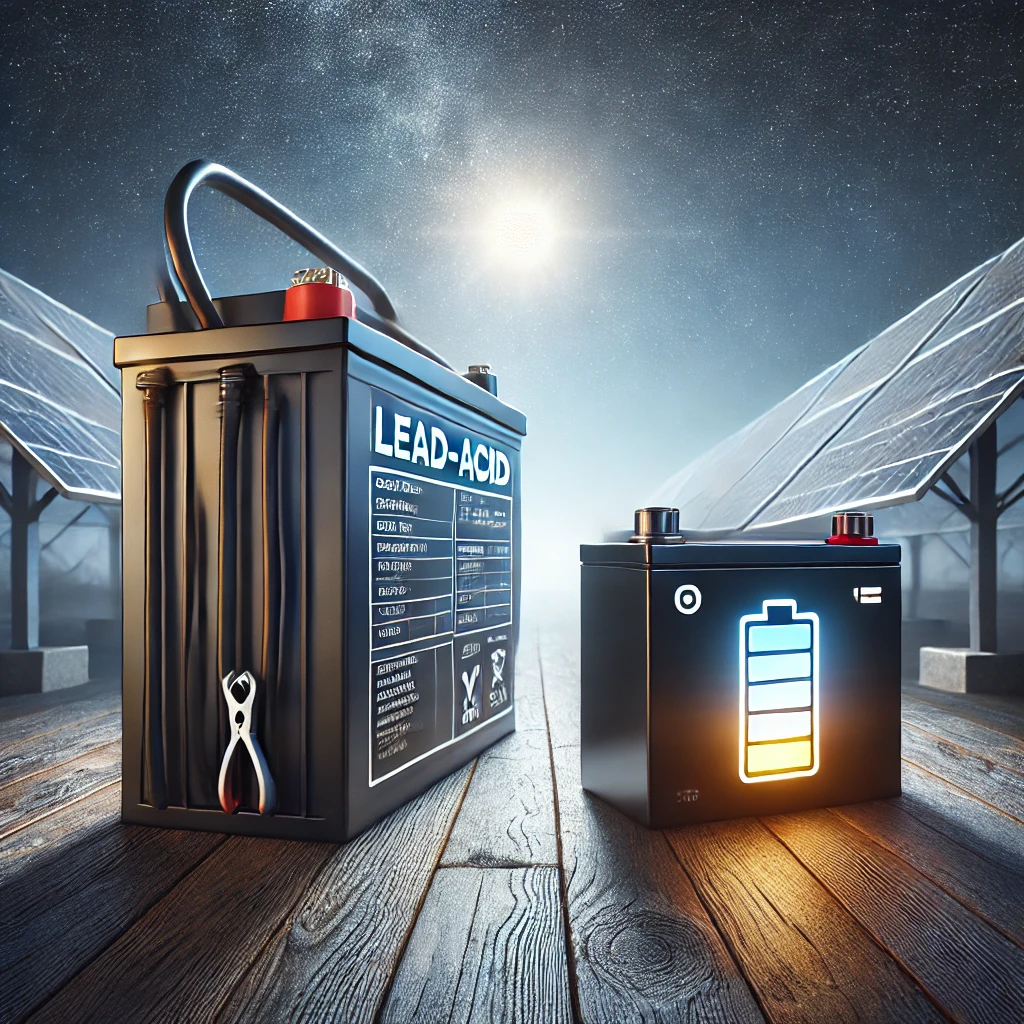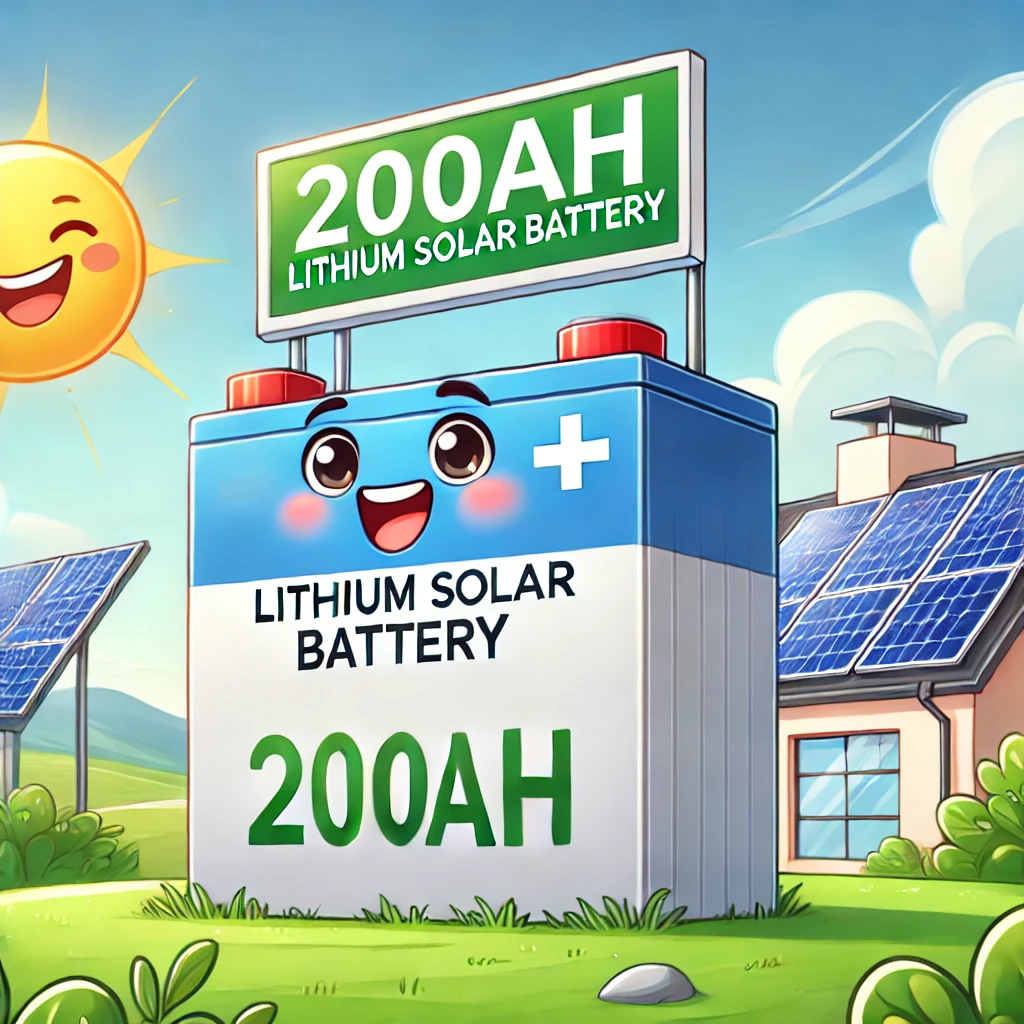Solar power banks are a convenient and eco-friendly solution for keeping your devices charged, especially when you’re off the grid. But what happens when your solar power bank isn’t charging in the sun? It can be frustrating, especially if you’re relying on it during an outdoor adventure or in an emergency. This guide dives into the common reasons why your solar power bank might not be charging and provides practical solutions to get it working again.
Understanding How Solar Power Banks Work
Before diving into the troubleshooting steps, it’s important to understand how solar power banks function. A solar power bank typically has two ways to charge:
- Direct Charging via USB: You can plug the power bank into an electrical outlet using a USB cable for a faster and more reliable charge.
- Solar Charging: The built-in solar panels convert sunlight into electrical energy to recharge the battery.
Solar charging is often slower than direct charging and is typically intended as a backup option rather than the primary charging method.
Common Reasons Why Your Solar Power Bank Isn’t Charging in the Sun
1. Insufficient Sunlight Exposure
Issue: Solar panels require direct, strong sunlight to generate enough power to charge the battery. Cloudy weather, shaded areas, or indirect sunlight can severely reduce charging efficiency.
Solution:
- Place your solar power bank in direct sunlight without obstructions.
- Angle the solar panels to face the sun directly.
- Avoid charging indoors or behind glass, as this can reduce the effectiveness of solar charging.
2. Dirty or Obstructed Solar Panels
Issue: Dust, dirt, or debris on the solar panels can block sunlight and reduce the panel’s ability to absorb energy.
Solution:
- Regularly clean the solar panels with a soft, damp cloth.
- Avoid using abrasive materials that could scratch the panel’s surface.
3. Faulty Solar Panels
Issue: Over time, solar panels can degrade, or they may be damaged due to rough handling, exposure to extreme weather, or manufacturing defects.
Solution:
- Inspect the solar panels for visible cracks or damage.
- If the panels are damaged, you may need to replace the power bank or consult the manufacturer for repair options.
4. Battery Issues
Issue: The internal battery might be faulty or degraded. Lithium-ion batteries, commonly used in power banks, can lose capacity over time.
Solution:
- Test the power bank by charging it via USB. If it doesn’t charge this way either, the battery might need replacement.
- If your power bank is still under warranty, contact the manufacturer for support.
5. Overheating
Issue: Prolonged exposure to extreme heat can cause the power bank to overheat, triggering a built-in safety mechanism that stops charging to prevent damage.
Solution:
- Avoid placing the power bank in direct sunlight for extended periods.
- Move it to a shaded area to cool down and then try charging again.
6. Incorrect or Damaged Cables and Ports
Issue: Sometimes, the issue might not be with the solar panel but with the charging ports or cables connected to your devices.
Solution:
- Inspect the USB ports for dust or damage.
- Use a different charging cable to see if that resolves the issue.
7. Internal Circuit Malfunction
Issue: The charge controller inside the power bank regulates the power coming from the solar panels to the battery. If it malfunctions, the battery won’t charge properly.
Solution:
- If you suspect an internal issue, it’s best to consult the manufacturer or a professional technician.
How to Test If Your Solar Power Bank is Charging
To confirm whether your solar power bank is charging properly:
- Check the Indicator Lights: Most power banks have LED indicators that light up when charging. If the lights don’t turn on in the sun, the power bank isn’t receiving enough energy.
- Use a USB Voltage Tester: This device measures the voltage output from the solar panels, helping you determine if energy is being generated.
- Charge a Small Device: Try charging a small, low-power device like a Bluetooth headset to see if any energy is being transferred.
Tips to Improve Solar Charging Efficiency
- Positioning: Always place the power bank in a spot with maximum sunlight exposure.
- Keep It Cool: Solar panels work best when they’re not overheated. Try to balance sun exposure without letting the device overheat.
- Use Efficient Panels: High-quality solar panels with better conversion efficiency will charge faster.
- Charge in Intervals: Allow the power bank to cool between charging sessions to prevent overheating.
When to Replace Your Solar Power Bank
If you’ve tried all the troubleshooting steps and your solar power bank still isn’t charging, it might be time to consider a replacement. Look for these signs:
- Visible damage to the solar panels or casing.
- The power bank doesn’t charge even via USB.
- It no longer holds a charge or drains quickly.
Final Thoughts
A solar power bank not charging in the sun can be a frustrating experience, especially when you rely on it during outdoor adventures or emergencies. However, understanding the common issues and knowing how to troubleshoot them can save you time and hassle. From ensuring proper sunlight exposure to checking for internal battery faults, this guide covers all the steps you need to get your power bank back in action.
If all else fails, it might be time to invest in a new, high-quality solar power bank with better solar efficiency and durability. Always choose models from reputable brands and follow proper maintenance tips to extend the lifespan of your device.




